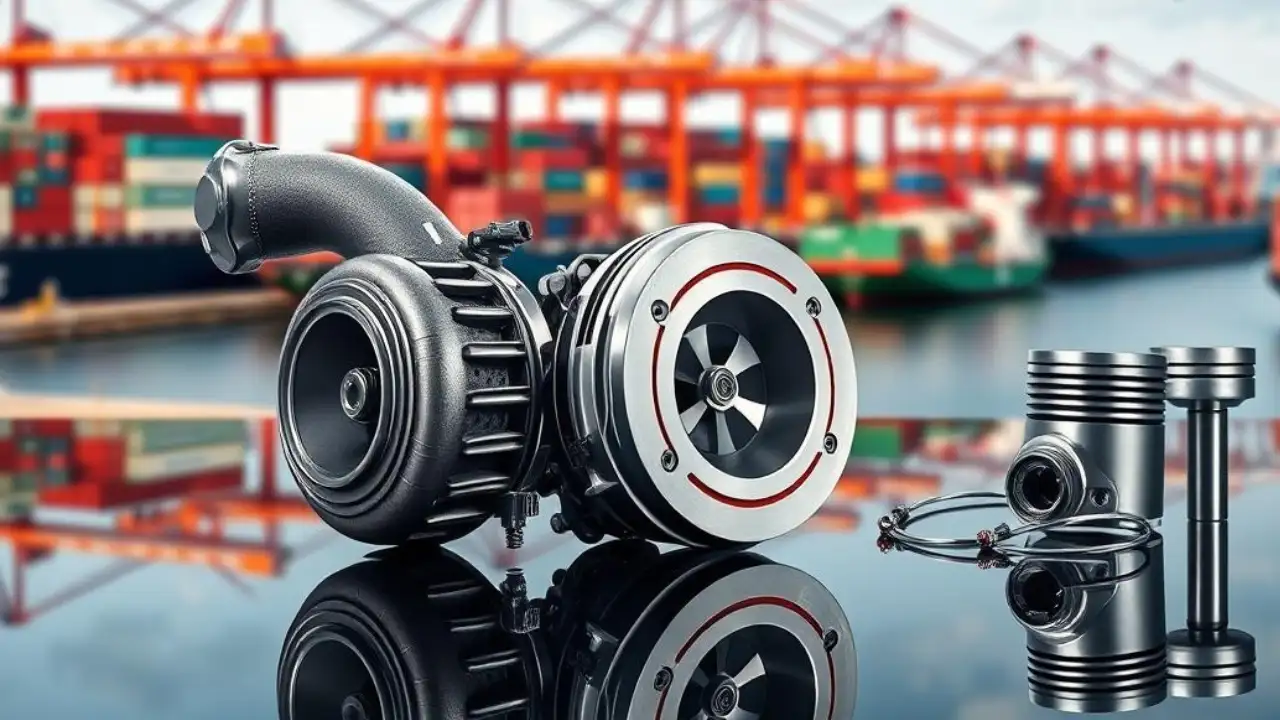ICRA Cautions Indian Auto Sector of Potential Rs 4,500 Crore Impact

The Indian automotive component sector is grappling with significant challenges following the introduction of new tariffs by the United States. These tariffs, implemented by President Donald Trump, are projected to reduce the operating profits of exporters by as much as Rs 4,500 crore, which could account for 10-15% of their earnings. The Investment Information and Credit Rating Agency (ICRA) has revised its revenue growth forecast for the sector, indicating a slowdown due to anticipated declines in US exports.
Impact of New Tariffs on Exporters
The recent tariffs imposed by the US are expected to have a profound impact on India’s automotive component exporters. According to ICRA, the tariffs could lead to a reduction in operating profits ranging from Rs 2,700 crore to Rs 4,500 crore. This decline represents a significant portion of the exporters’ earnings, estimated at 10-15% of their operating profits. Furthermore, the overall industry could see a decrease of 3-6% in operating profits. As a result, ICRA has adjusted its revenue growth forecast for the sector for FY2026, predicting a moderation to 6-8%, down from the previous estimate of 8-10%. This adjustment is largely attributed to the expected decline in exports to the US market, following the steep increase in import duties.
Projected Decline in Operating Margins
ICRA’s analysis indicates that operating margins within the automotive component sector are likely to contract by 50-100 basis points, bringing them down to a range of 10.5-11.5% in FY2026. Exporters may face an even steeper decline, with margins expected to shrink by 150-250 basis points. Despite these challenges, ICRA notes that most exporters are likely to maintain satisfactory debt metrics and liquidity. However, they will need to navigate margin erosion and increased working capital requirements. Shamsher Dewan, senior vice president at ICRA, highlighted that while many suppliers plan to pass on incremental costs to customers, the extent of this pass-through will depend on various factors, including the supplier’s criticality and competitive landscape.
Opportunities Amidst Challenges
Despite the adverse effects of the tariffs, there are signs of potential opportunities for Indian manufacturers. Recent weeks have seen an uptick in inquiries from US importers, suggesting that there may be new avenues for business despite the current challenges. ICRA also pointed out that India could gain a medium-term advantage if it enhances its cost competitiveness compared to China. This is particularly relevant as global Original Equipment Manufacturers (OEMs) reassess their sourcing strategies in light of the changing trade landscape. The Indian government is also actively pursuing enhanced market access in various technological sectors, which could further bolster the industry.
India’s Trade Negotiations with the US
In a related development, as US-India delegations prepare for formal trade talks, India is reportedly seeking relaxed export controls and improved access to advanced technologies under a proposed bilateral trade agreement (BTA). Sources indicate that India’s requests mirror the privileges granted to other strategic partners of the US, such as Australia and the UK. The Indian government is advocating for lower tariffs on labor-intensive exports, which include textiles, gems, and pharmaceuticals, among others. This push for enhanced market access reflects India’s broader strategy to strengthen its position in the global trade arena while addressing the challenges posed by the new tariffs.
Observer Voice is the one stop site for National, International news, Sports, Editor’s Choice, Art/culture contents, Quotes and much more. We also cover historical contents. Historical contents includes World History, Indian History, and what happened today. The website also covers Entertainment across the India and World.
Follow Us on Twitter, Instagram, Facebook, & LinkedIn

